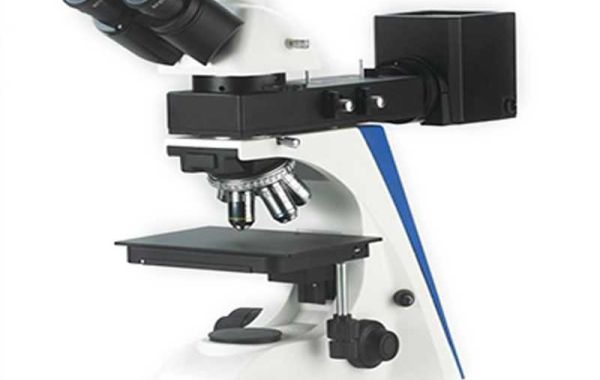A fluorescence microscope works by utilizing the phenomenon of fluorescence, which is the emission of light by a substance after it absorbs light at a shorter wavelength. Here's a breakdown of the process:
- Excitation: The microscope uses a specific wavelength of light (excitation light) to illuminate the sample. This light is absorbed by fluorescent molecules within the sample.
- Emission:When these fluorescent molecules absorb the excitation light, they become excited. After a short period of time, they release this energy in the form of light at a longer wavelength (emission light).
- Collection: The emitted light is collected by the microscope's objective lens and passed through a series of filters. These filters are designed to block the excitation light and only allow the emission light to pass through.
- Visualization: The filtered emission light is then magnified by the microscope's eyepieces or detected by a camera, allowing the user to visualize the fluorescent molecules within the sample.








